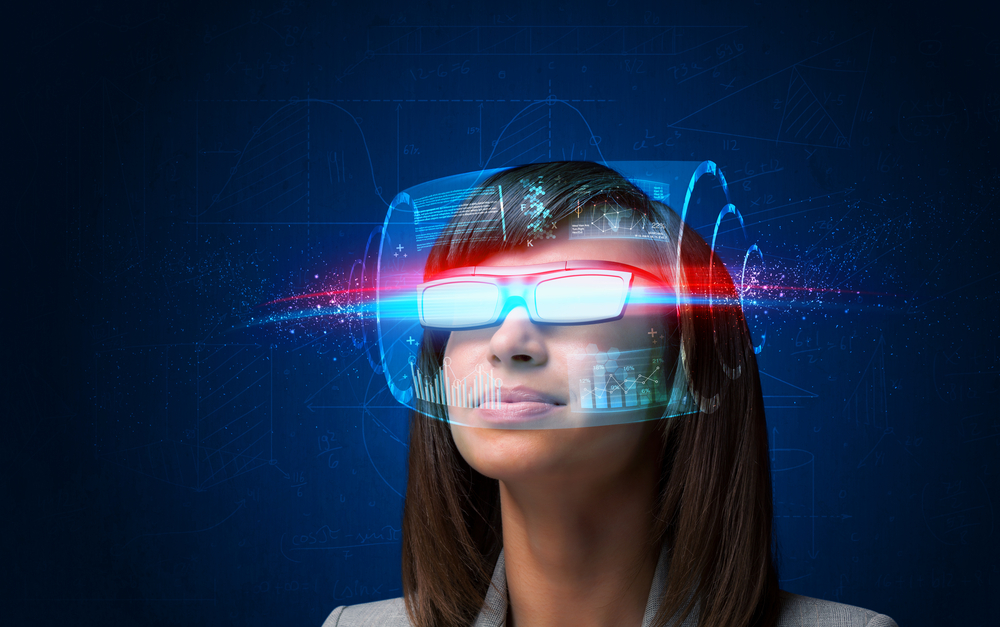eLearning Innovations: The Future of Digital Education
Explore the latest trends and advancements in eLearning that are shaping the future of digital education.
The Rise of Personalized Learning
Personalized learning is revolutionizing the field of education. With advancements in technology, educators are able to tailor their teaching methods and content to meet the individual needs and interests of students. This approach allows students to learn at their own pace and in a way that resonates with them, resulting in improved engagement and understanding.
One of the key benefits of personalized learning is that it allows students to take ownership of their education. By giving students the freedom to choose how they learn and what they learn, they become active participants in the learning process. This not only increases their motivation and enthusiasm for learning but also helps them develop important skills such as critical thinking, problem-solving, and self-direction.
Furthermore, personalized learning enables educators to identify and address gaps in students' knowledge and understanding. Through data-driven insights and analytics, teachers can pinpoint areas where students are struggling and provide targeted interventions to support their learning. This individualized approach ensures that students receive the necessary support and resources to succeed.
In summary, the rise of personalized learning is transforming education by placing the learner at the center of the learning experience. By tailoring instruction to meet the unique needs of each student, personalized learning promotes engagement, ownership, and academic success.
Integration of Virtual Reality and Augmented Reality
The integration of virtual reality (VR) and augmented reality (AR) in eLearning is revolutionizing the way students learn and engage with educational content. VR immerses students in realistic, simulated environments, while AR overlays digital information onto the real world. These technologies provide interactive and immersive experiences that enhance understanding and retention of complex concepts.
By using VR and AR, students can explore virtual worlds, manipulate objects, and interact with simulations, bringing abstract concepts to life. For example, in science classes, students can virtually dissect a frog or explore the solar system, providing a hands-on experience that was previously impossible. This interactive and experiential learning promotes deeper understanding and long-term retention of knowledge.
Moreover, the integration of VR and AR in eLearning opens up new possibilities for remote learning and collaboration. Students can connect with peers and educators from around the world, creating a global classroom where they can learn, share ideas, and collaborate on projects. This promotes cultural exchange, diversity, and the development of important digital skills.
In conclusion, the integration of VR and AR in eLearning is transforming education by providing immersive, interactive, and collaborative learning experiences. These technologies have the potential to revolutionize the way students learn and prepare them for the future.
Gamification in eLearning
Gamification is the integration of game elements and mechanics into non-game contexts, such as education. In eLearning, gamification is being used to enhance student engagement, motivation, and learning outcomes. By incorporating elements like points, badges, leaderboards, and challenges into educational activities, gamification creates a sense of fun, competition, and achievement, making learning more enjoyable and rewarding.
One of the key benefits of gamification in eLearning is increased student motivation. Games are inherently engaging and provide immediate feedback, rewards, and a sense of accomplishment. By applying these game mechanics to educational content, students are more likely to stay motivated, persist in their learning, and achieve better results.
Furthermore, gamification promotes active learning and problem-solving skills. Games often require players to solve puzzles, make decisions, and think critically, which translates into the development of important cognitive skills. By gamifying educational activities, students are encouraged to think creatively, analyze information, and apply their knowledge in a practical context.
Additionally, gamification fosters a sense of community and collaboration among students. By incorporating social elements like leaderboards and multiplayer challenges, students can interact with their peers, share their achievements, and learn from each other. This promotes teamwork, communication, and the development of important social skills.
In summary, gamification in eLearning is transforming education by making learning more engaging, motivating, and interactive. By incorporating game elements and mechanics into educational activities, students are empowered to take control of their learning and achieve better outcomes.
Adaptive Learning Technology
Adaptive learning technology is revolutionizing the field of education by tailoring instruction to meet the unique needs and abilities of each learner. This technology uses algorithms and data analytics to analyze students' performance, identify their strengths and weaknesses, and provide personalized recommendations and resources.
One of the key benefits of adaptive learning technology is individualized instruction. By analyzing students' performance data, adaptive learning systems can identify areas where students are struggling and provide targeted interventions to support their learning. This personalized approach ensures that students receive the right level of challenge and support, leading to improved learning outcomes.
Furthermore, adaptive learning technology enables students to learn at their own pace. Traditional classroom settings often follow a one-size-fits-all approach, where all students progress at the same pace. However, this approach can lead to gaps in understanding or boredom for advanced learners. Adaptive learning systems adjust the difficulty and pace of instruction based on each student's abilities, allowing them to progress at a pace that is optimal for their learning.
Moreover, adaptive learning technology provides teachers with valuable insights and data on students' performance. By analyzing this data, teachers can gain a deeper understanding of each student's learning needs and make more informed instructional decisions. This data-driven approach enhances teachers' ability to differentiate instruction, provide targeted interventions, and support students' individual growth.
In conclusion, adaptive learning technology is transforming education by providing personalized instruction, individualized pacing, and valuable insights. By leveraging data and analytics, adaptive learning systems empower educators to better meet the needs of their students and facilitate their academic success.
The Role of Artificial Intelligence in Education
Artificial Intelligence (AI) is revolutionizing the field of education by transforming how students learn, how teachers teach, and how educational institutions operate. AI enables machines to simulate human intelligence and perform tasks that typically require human intelligence, such as understanding natural language, recognizing patterns, and making decisions.
One of the key applications of AI in education is intelligent tutoring systems. These systems use AI algorithms to analyze students' performance, provide personalized feedback, and adapt instruction to their individual needs. By leveraging AI, intelligent tutoring systems can provide immediate and targeted feedback, identify areas where students are struggling, and offer customized resources to support their learning.
Moreover, AI-powered chatbots are being used to enhance student support and engagement. These virtual assistants can answer students' questions, provide guidance, and offer personalized recommendations. By leveraging natural language processing, chatbots can understand students' queries and provide relevant and timely information, making learning more accessible and interactive.
Additionally, AI is being used to automate administrative tasks, such as grading and scheduling. By automating these repetitive tasks, teachers have more time to focus on instruction, providing valuable feedback, and engaging with students. AI also enables educational institutions to analyze large amounts of data, identify trends, and make data-driven decisions to improve student outcomes.
In summary, AI is playing a transformative role in education by providing personalized instruction, enhancing student support, automating administrative tasks, and improving decision-making. As AI continues to advance, it has the potential to revolutionize education by making it more efficient, effective, and accessible to all learners.
Share this
You May Also Like
These Related Stories

A Comprehensive Guide to Moodle Hosting for Educational Institutions

Creating Success: The Power of Effective Onboarding

No Comments Yet
Let us know what you think